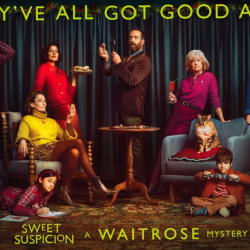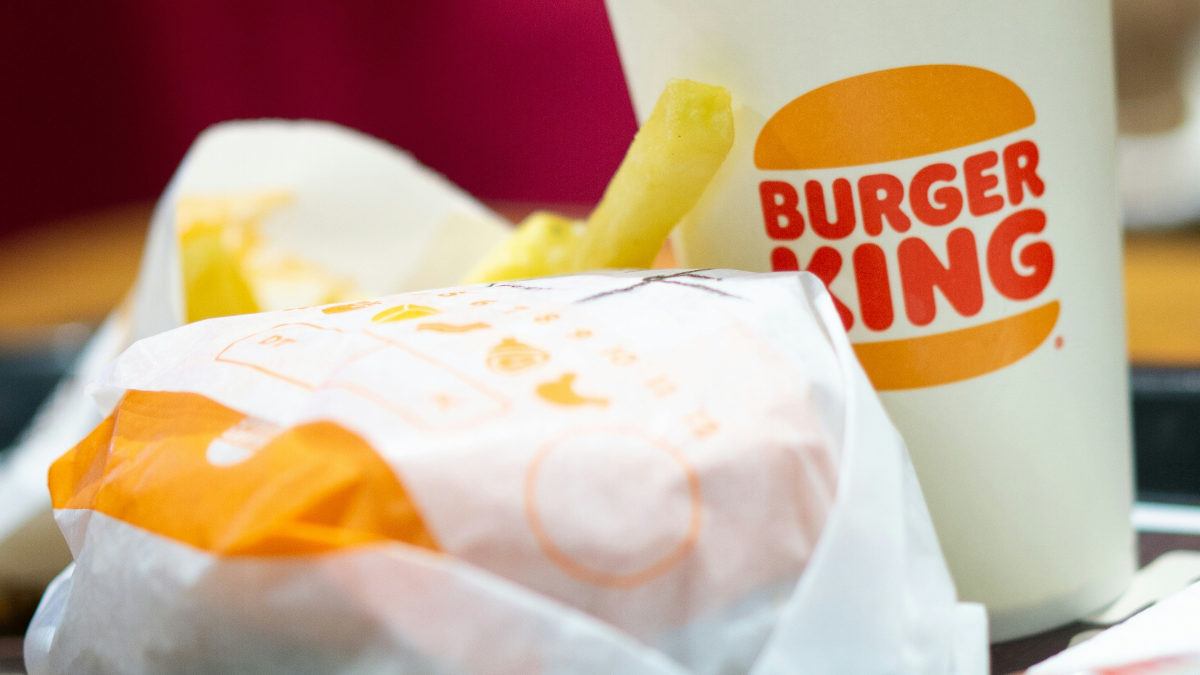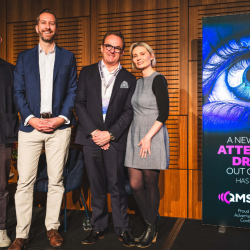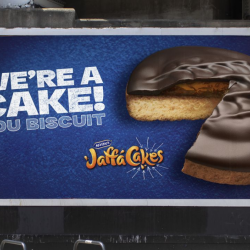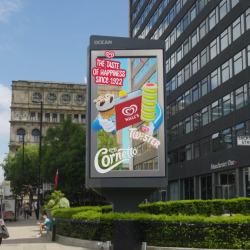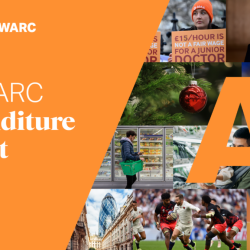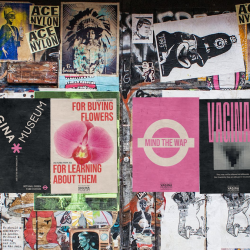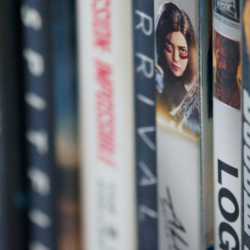The industry saw Out Of House (OOH) advertising deeply affected by the pandemic. However it has recovered and been increasing in popularity year on year since. In 2022 it saw a 32% growth rate. As an agency we at Craft Media London are seeing the power of OOH for our clients: it’s useful to understand the reason why this type of advertising is key to the zeitgeist.
We know that consumers respond positively to billboard and travel advertising, with a Statista study reporting that 40 per cent of people said they trusted billboard and poster advertising. That study also found that, on average, 45 per cent of UK adults said they responded to outdoor ads in one way or another. This could be because OOH advertising is not just about the visuals. It can also positively impact social or cultural change, and subliminally, this reaches consumers.
Some examples of ‘posters’ impacting positive social and cultural change can be seen with some of the brands we have worked with on OOH advertising campaigns
Craft Media London worked with Woolmark in 2022 on hero OOH placements during NYC, London and Paris fashion weeks. Our aim was to shine a positive light on Merino Wool as a more sustainable fabric choice. We did this by behaving like a luxury fashion brand. The OOH sites in these cities were not just used for on the ground reach but became the backdrop images for over 100 articles within the fashion world talking about the story.
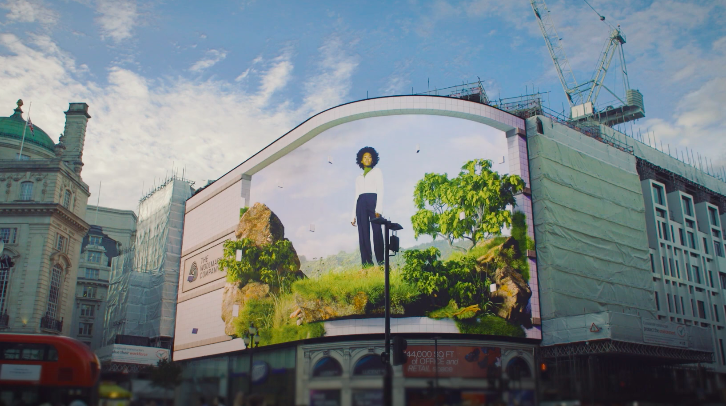
We have seen a greater adoption of QR codes within the OOH format. QR codes can collapse the gap between interest and action. One sector that is particularly benefitting from this is charities. For them payback on ad spend is critical for fundraising. The St John Ambulance campaign in 2021 made effective use of QR not only in driving donations, but guiding people to useful information around first aid which is critical to their ambition of creating more resilient communities.

A key usage of OOH is in distributing information for the good of the general public. During 2020-21, governments around the world relied on the simple effectiveness of OOH advertising to impact and effect behavioural change for the safety of their nations. Perhaps one of the most famous and long-running examples in this space is The Don’t Mess with Texas campaign. At 35 years old, it is a brilliantly clear example of how a governance led message can also align with the belief systems and identity of a region. In its first two years roadside littering was down 72%, and 10 years later 98% of Texans knew the slogan and its meaning. Alternatively posters can be used as a form of revolution. CPB London campaign for international women’s day, has run over consecutive years and asks people to re-evaluate their bias, with simple questions, and without directly pointing fingers.
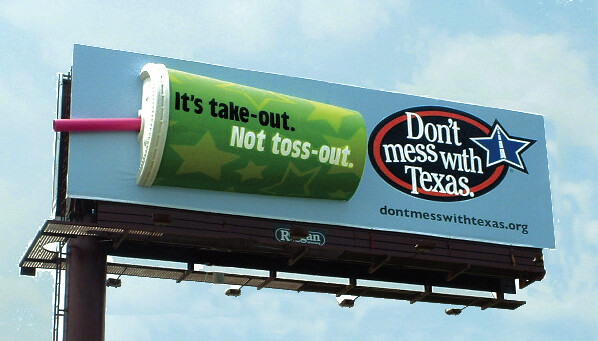
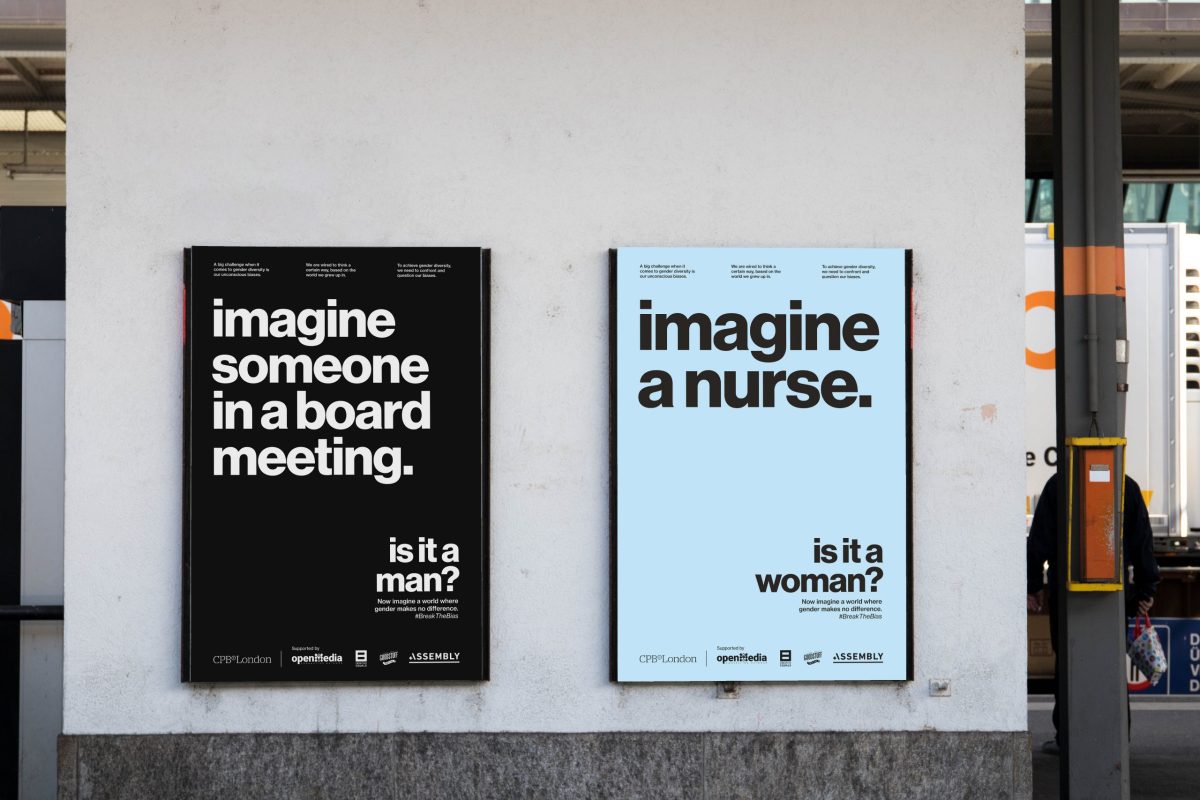
Perhaps one of the most important contributions the OOH industry and posters make to a better society is their ongoing commitment to environmental change. From the market leaders such as JCDecaus and Clear Channel to smaller media owners such as Open Media, there is a consistent support for not just carbon offsetting, but tree planting projects and ecological support. Digital panels are constantly being implemented to reduce CO2 emissions. We are also seeing the use of recycled materials for physical posters, and even paints that are designed to remove pollution from the atmosphere.
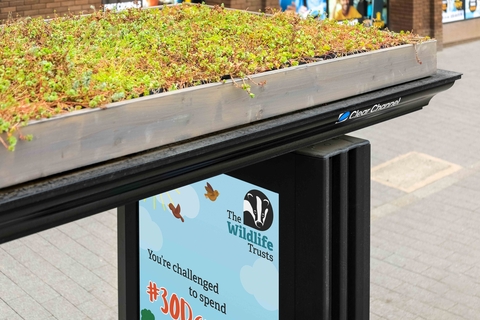
The positive impact that outdoor advertising is having on society, is wide-ranging and much more complex and nuanced than perhaps considered at first glance. This variety of approaches is encouraging and should only grow. As a physical medium it unlike many pure digital advertising touchpoints can and does have such a direct and visible impact on making communities better places to live.
Featured image: Deon Fosu / Unsplash



